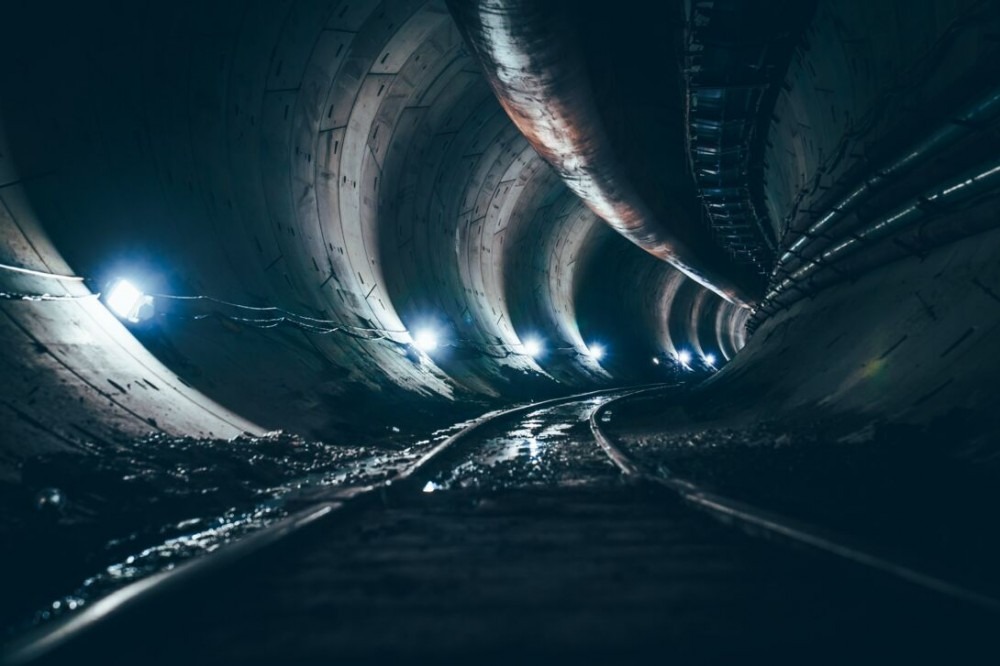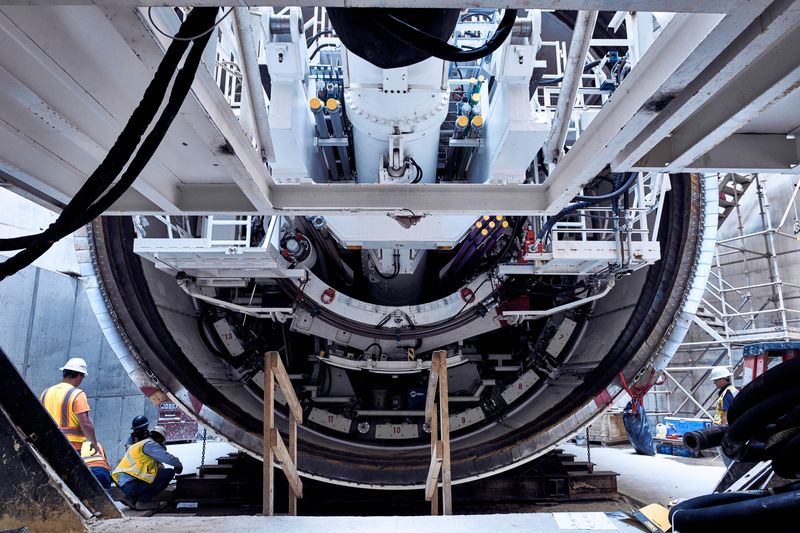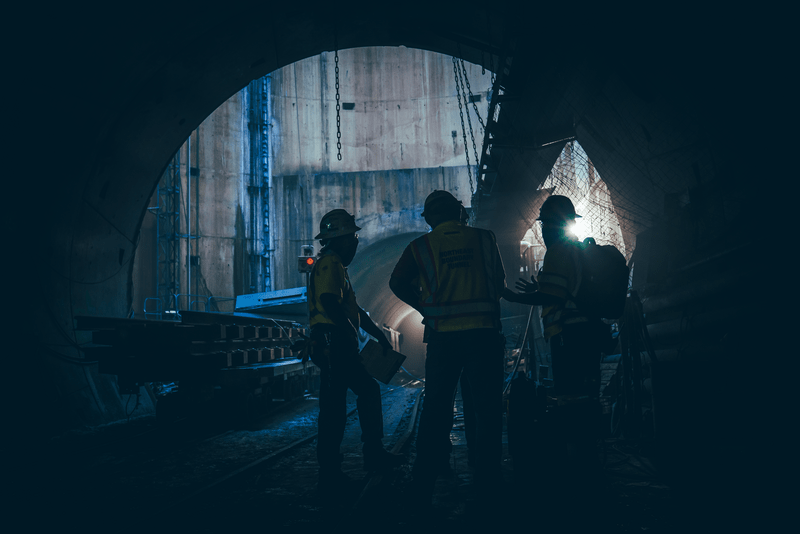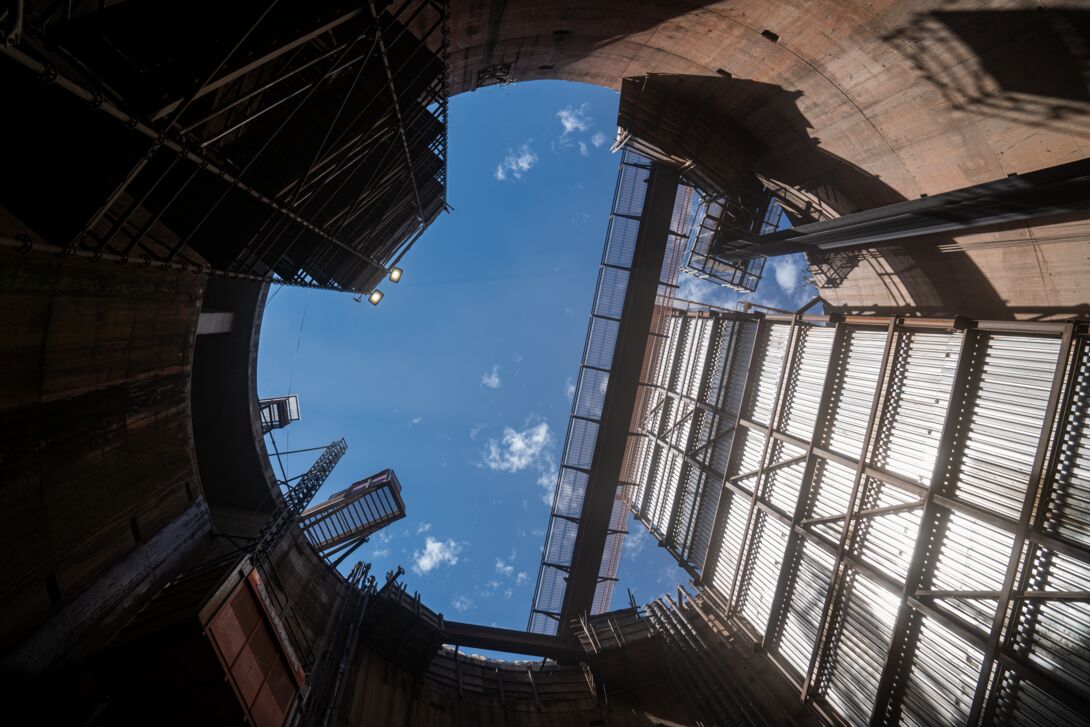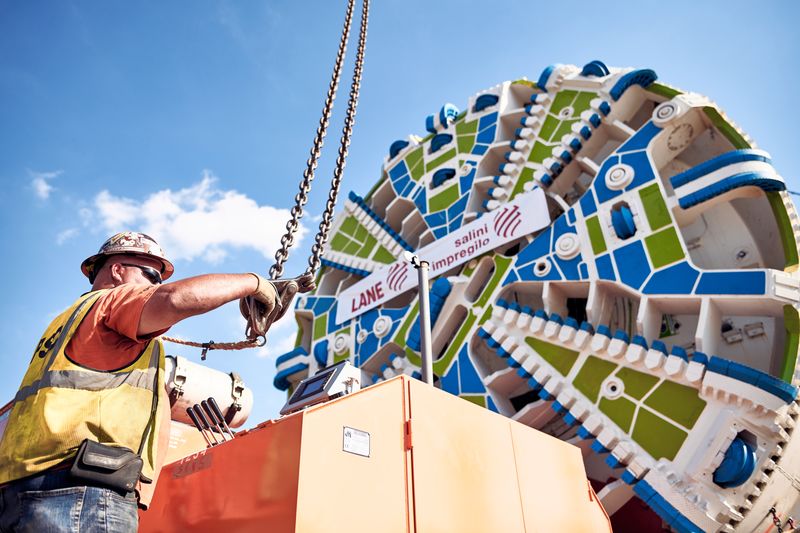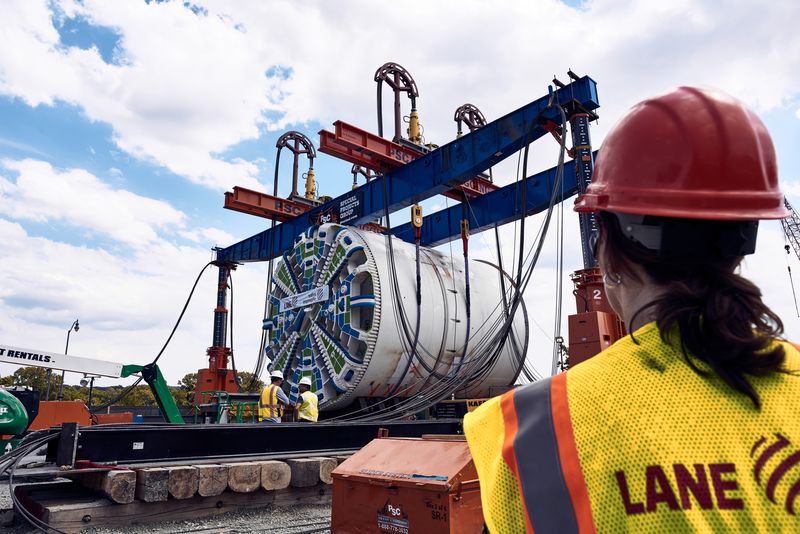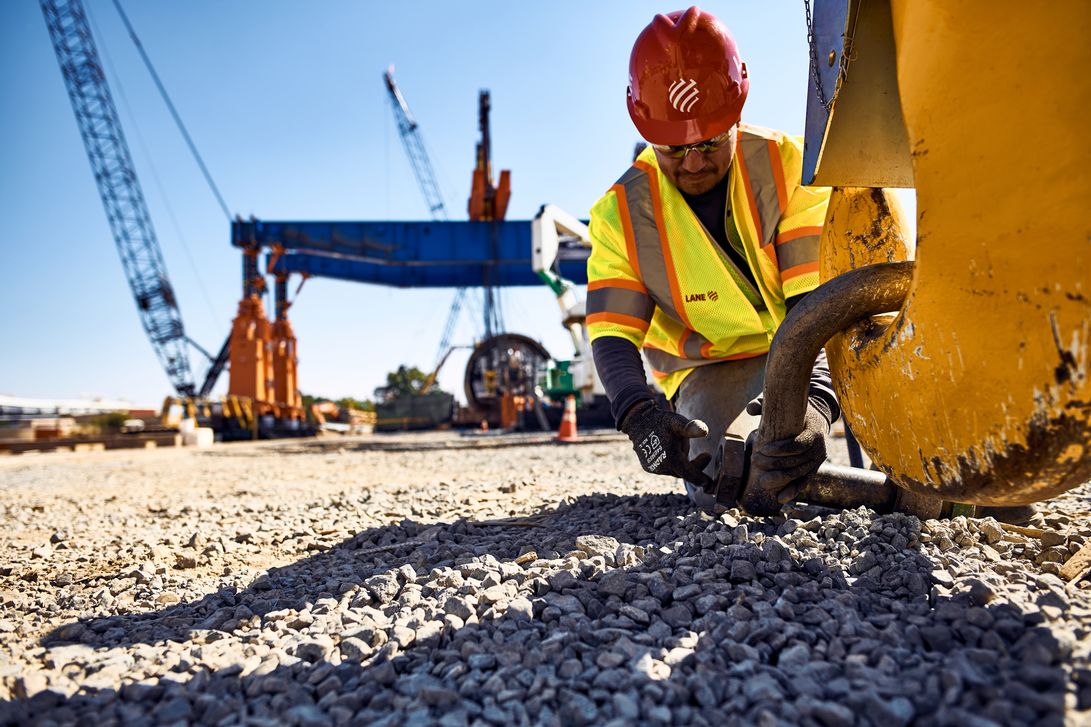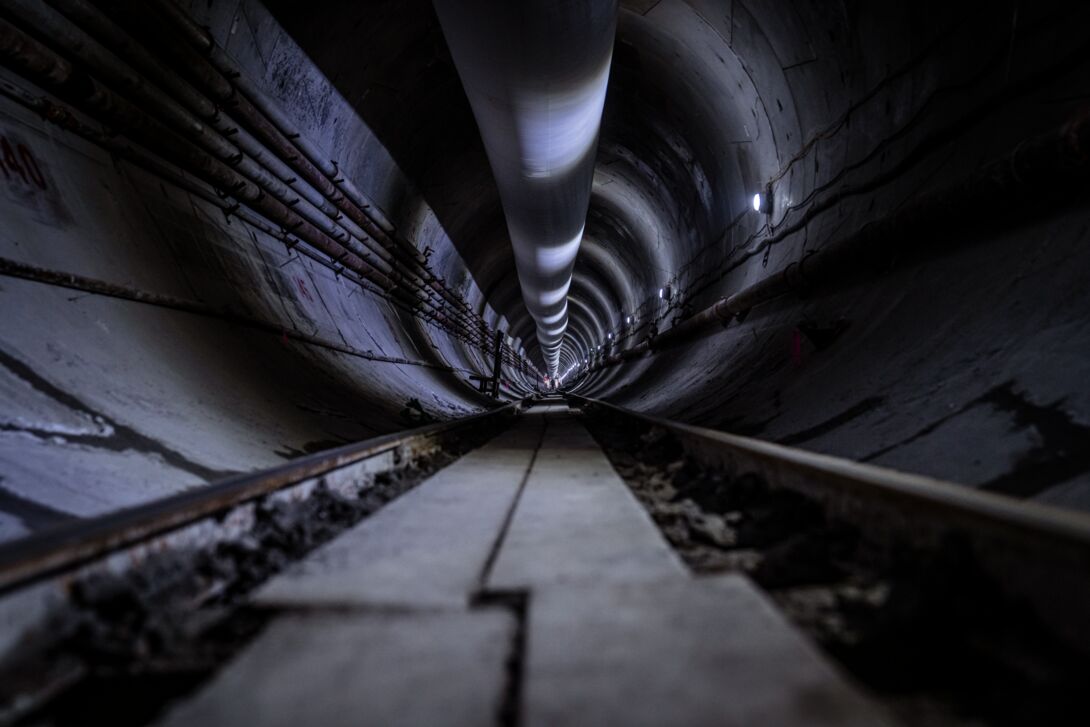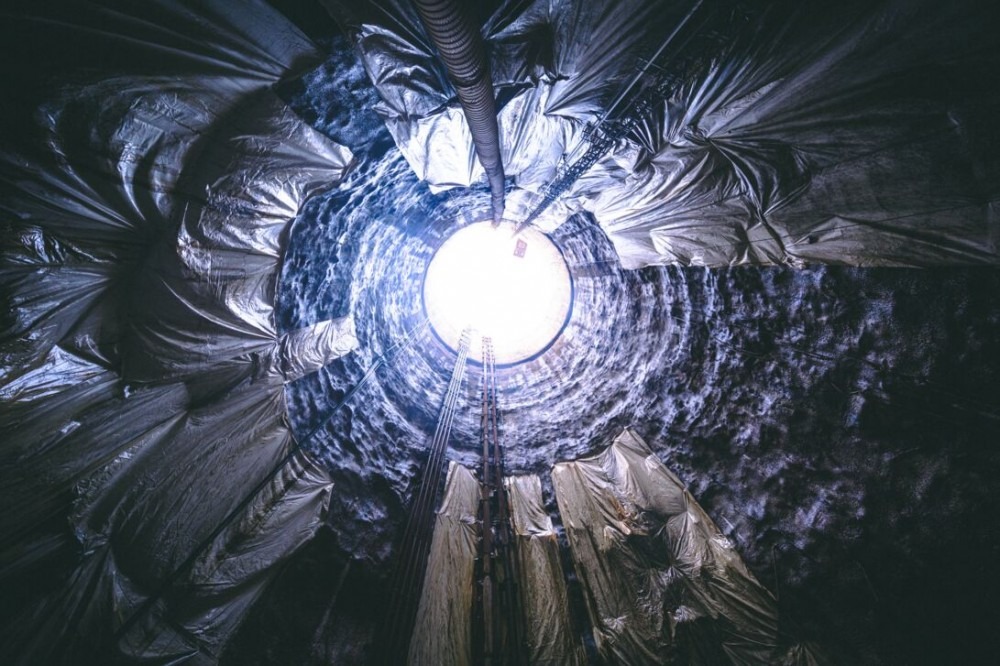Built around 1900, Washington D.C.’s combined sewer system has been unable to reduce major sewage outflows to the Anacostia River and prevent flooding to the surrounding neighborhoods for quite some time. Lane Construction is doing its part by building the Northeast Boundary Tunnel, part of a series of underground tunnels that will reduce flooding and improve the water quality of the Anacostia River.
Washington D.C. and the Anacostia River
At the time that Washington D.C. was created in 1790, the Anacostia River had already been in use for decades as a shipping channel for tobacco. By the mid 1880s, so much silt had accumulated on the bottom of the river that it had to be abandoned for business.
By 2010, the population of Washington D.C. grew to about 600,000 people with the Anacostia River seeing more and more pollution from garbage coming from communities surrounding the river, and raw sewage, particularly during rainstorms. Urban runoff of stormwater was flowing into the river via its antiquated combined sewer system at an alarming rate.
In 2011 the District of Columbia Water and Sewer Authority (DCWASA) started a project to construct four large and deep sewage storage tunnels, running next to the Anacostia and Potomac rivers that would address the combined sewer overflow problem into the Anacostia River.
The first tunnel was operational in 2018. This tunnel prevented 90% of sewage overflows into the Anacostia River and has kept 7 billion gallons of untreated sewage out of the river, including 3,100 tons of trash.
The second tunnel, or the Northeast Boundary Tunnel (NEBT) being delivered by Lane, is a large deep sewer tunnel that will increase the prevention of sewage outflows to the Anacostia River to 98%. Even better news — it will be online 2 years ahead of schedule bringing much needed improvement to the Anacostia River.
Benefits to Washington D.C.’s Residents and Commuters
D.C.’s combined sewer system is more than 100 years old and can’t handle today’s population. Around the time of development in 1900, Washington D.C.’s population was 278,718. Today it is 689,545, according to the U.S. Census. If you add the number of people commuting everyday into Washington D.C. (approximately 500,000), this number goes well above 1,100,000.
For decades the neighborhoods of Bloomingdale, Trinidad, Ivy City, Brentwood, and LeDroit Park have been flooded by the undersized system. Commuters using the Rhode Island Avenue Metro Station, Rhode Island Avenue NE, and Mount Olivet Road NE have had to endure major flooding on an all too regular basis.
The flooding has been around for a while. Thirty-five years ago in 1987, speaking about these problem areas, The Chief of Sewer Services Bureau for the D.C. Department of Public Works, Otto James told the Washington Post “In a sudden, heavy rainstorm, these areas often get too much water for the drain.”1
Help is finally coming to the many residents and commuters. Doing its part, Lane will deliver:
- Installation of 26,700-foot-long tunnel
- 90 to 180 feet below ground
- Seven deep shafts
- Ventilation control facilities to regulate air flow
- Construction of diversion facilities along tunnel alignment
- Green infrastructure for 11 sites
- 100-year life requirement
Delivering a Positive Impact to Washington D.C.’s Waterways and the Environment
The NEBT is a part of the Clean Rivers Project, DC Water’s ongoing program to reduce combined sewer overflows into the District’s waterways — the Anacostia and Potomac Rivers and Rock Creek — by capturing and reusing stormwater before it enters the sewer system.
Additionally, the NEBT and the Anacostia River Tunnel projects have fostered a greater connection between area residents and the health of the community. This can be seen in the reduction of litter, improved water quality, and vibrancy of outdoor recreational use since the project began.
Bringing a resurgence to the waterfront is what is behind the Anacostia Watershed Society’s “Waterway to 2025,” the goal of which is to restore the Anacostia to a fishable and swimmable healthy urban river by 2025. This broad vision sees bikers and pedestrians enjoying the many trails in the area. Bass are now plentiful, and Beavers are helping to navigate the clean channels of the Anacostia River.2
They might be onto something. Even though swimming or wading in the Anacostia has been illegal since 1971, in 2019 Washington D.C. officials considered changing this law, proposing to build public river pools. According to D.C. Department of Energy and Environment’s Director Tommy Wells, “I believe we will have swimming platforms in Washington, D.C. by 2025.”
Benefits
Benefits for the next 100 years
- Prevent flooding to greatly improve water quality
- Reduce nitrogen levels in the Chesapeake Bay
- Reduce sewer pollutants to the Anacostia River by 98%
- Environmental, social, and economic Green Infrastructure benefits
Other Similar Lane Projects
(1) The Washington Post. Four D.C. Areas Traditionally Hit Hard by Floods
(2) Anacostia Watershed Society . Why and How a Swimmable and Fishable Anacostia River Is Possible.
